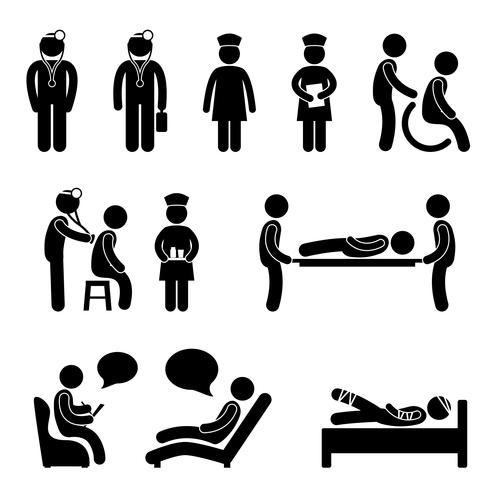State of mind stabilizers help to soothe areas of the mind that are influenced by bipolar affective disorder. These medications are most effective when they are taken routinely.
It might take a while to locate the right medicine that functions ideal for you and your medical professional will monitor your condition throughout therapy. This will certainly entail regular blood tests and possibly a modification in your prescription.
Natural chemical law
Neurotransmitters are a group of chemicals that regulate one another in healthy individuals. When levels end up being out of balance, this can cause state of mind problems like depression, stress and anxiety and mania. State of mind stabilizers assist to avoid these episodes by aiding manage the equilibrium of these chemicals in the mind. They additionally might be made use of alongside antidepressants to enhance their efficiency.
Medicines that work as state of mind stabilizers consist of lithium, anticonvulsants and antipsychotics. Lithium is maybe one of the most well known of these medicines and works by affecting the flow of sodium with nerve and muscle mass cells. It is frequently made use of to treat bipolar disorder, but it can also be valuable in dealing with various other state of mind conditions. Anticonvulsants such as valproate, lamotrigine and carbamazepine are likewise reliable state of mind maintaining drugs.
It can take some time to locate the right kind of drug and dose for each person. It is very important to deal with your doctor and take part in an open discussion concerning how the medication is working for you. This can be especially useful if you're experiencing any type of adverse effects.
Ion channel modulation
Ion channels are a major target of mood stabilizers and several various other drugs. It is now well established that they are dynamic entities that can be regulated by a selection of external stimulations. On top of that, the inflection of these networks can have a variety of temporal impacts. At one extreme, modifications in gating dynamics may be quick and rapid, as in the nicotinic acetylcholine receptor/channel system. At the various other end of the range, covalent alteration by protein phosphorylation may lead to modifications in network function that last longer.
The area of ion network inflection is going into a duration of maturation. Recent researches have shown that transcranial focused ultrasound (United States) can stimulate nerve cells by turning on mechanosensitive potassium and sodium networks installed within the cell membrane. This was shown by expressed networks from the two-pore domain potassium household in Xenopus oocytes, and concentrated US considerably regulated the existing streaming through these channels at a holding voltage of -70 mV (right panel, family member effect). The outcomes follow previous observations revealing that antidepressants influencing Kv channels regulate glia-neuron communications to contrary depressive-like behaviors.
Neuroprotection
State of mind stabilizers, like lithium, valproic acid (VPA), and carbamazepine, are vital in the treatment of bipolar illness, which is characterized by frequent episodes of mania and clinical depression. These drugs have neuroprotective and anti-apoptotic residential properties that aid to prevent cellular damage, and they likewise improve mobile resilience and plasticity in support groups inefficient synapses and neural circuitry.
These protective activities of state of mind stabilizers might be mediated by their inhibition of GSK-3, inositol signaling, and HDAC activity. Moreover, long-term lithium treatment secures versus glutamate excitotoxicity in cultured neurons-- a version for neurodegenerative problems.
Researches of the molecular and mobile results of state of mind stabilizers have shown that these medications have a vast array of intracellular targets, consisting of several kinases and receptors, in addition to epigenetic adjustments. Further study is needed to determine if mood stabilizers have neurotrophic/neuroprotective actions that are cell type or circuitry specific, and just how these effects might enhance the rapid-acting healing feedback of these representatives. This will help to develop new, much faster acting, extra reliable therapies for psychological diseases.
Intracellular signaling
Cell signaling is the process by which cells connect with their setting and various other cells. It includes a sequence of steps in which ligands interact with membrane-associated receptors and bring about activation of intracellular paths that control important downstream cellular features.
State of mind stabilizers act upon intracellular signaling with the activation of serine-threonine protein kinases, resulting in the phosphorylation of substratum healthy proteins. This triggers signaling cascades, bring about adjustments in gene expression and mobile feature.
Numerous state of mind stabilizers (including lithium, valproate and lamotrigine) target intracellular signaling pathways by preventing details phosphatases or activating certain kinases. These results trigger a decline in the activity of these paths, which leads to a decrease in the synthesis of particular chemicals that can impact the mind and lead to signs of clinical depression or mania.
Some mood stabilizers likewise function by enhancing the activity of the repressive neurotransmitter gamma-aminobutryic acid (GABA). This improves the GABAergic transmission in the mind and reduces neural activity, consequently generating a calming impact.
